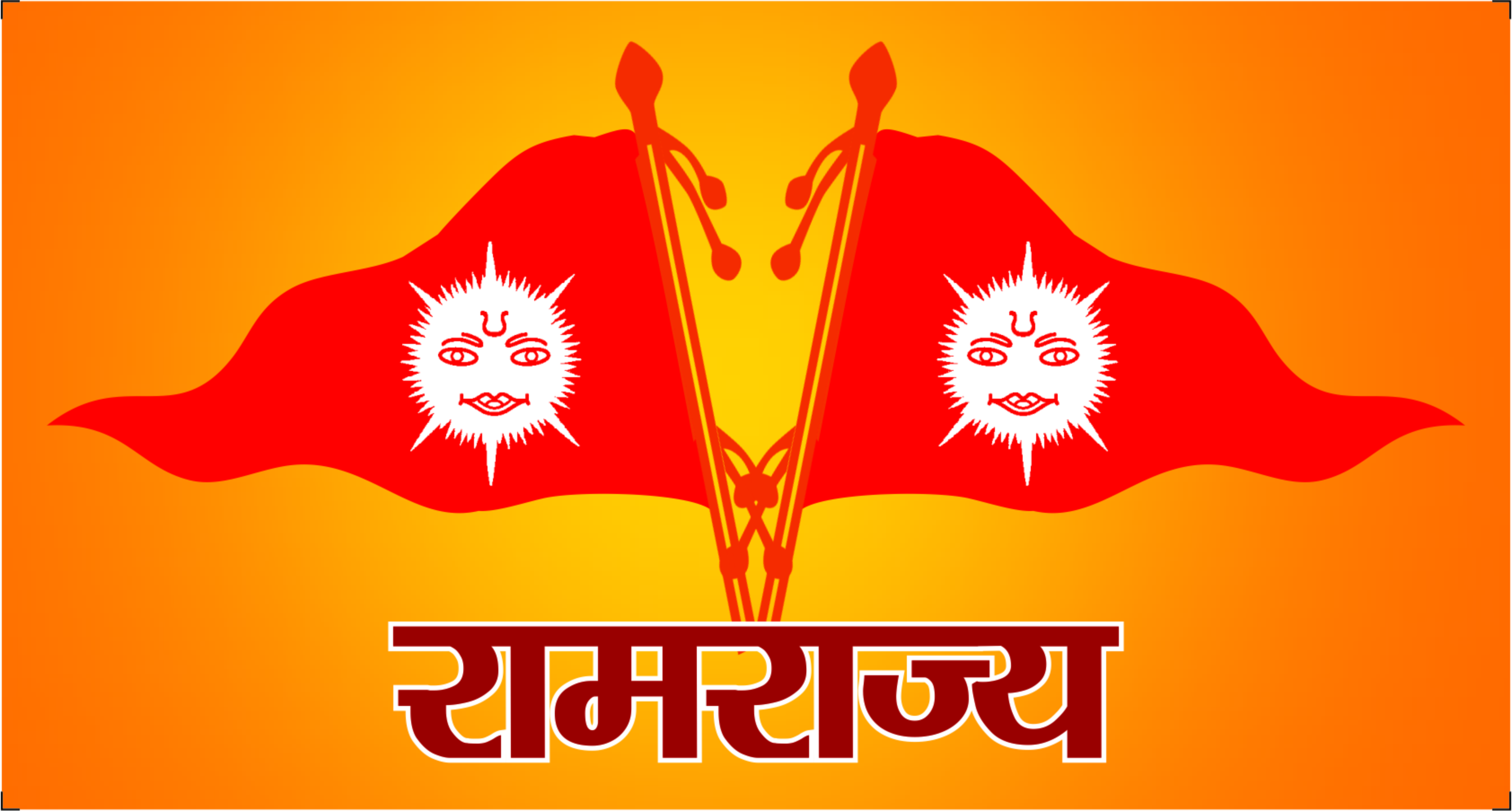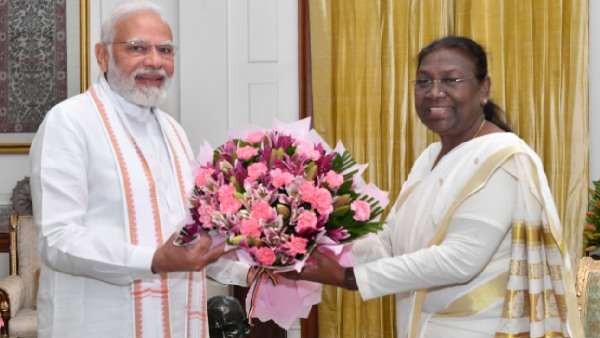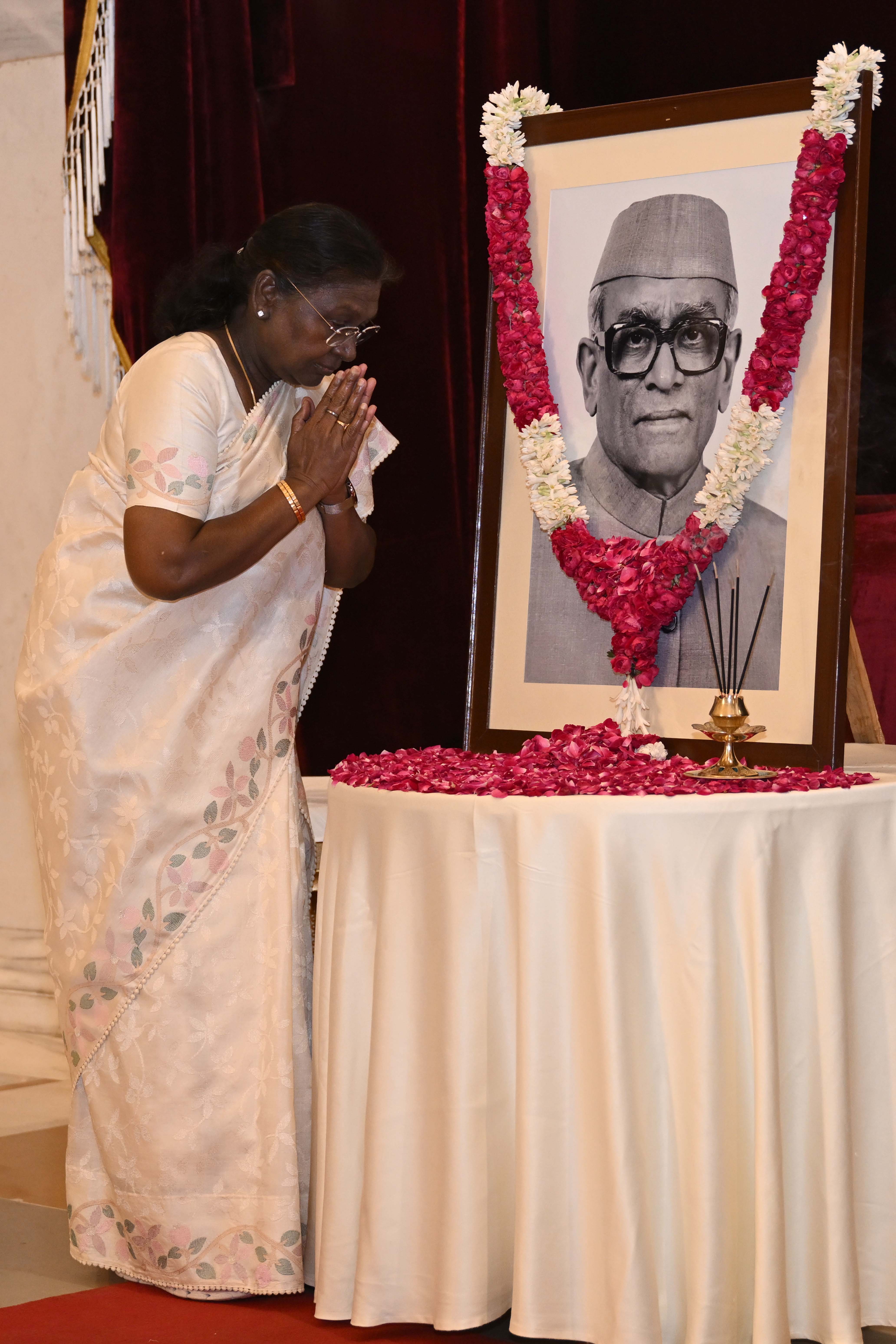As Chaitra Navratri progresses, devotees across India come together to honor the divine feminine energy embodied in Goddess Durga. Today marks the worship of Mata Kushmanda and Mata Skandamata, revered forms of the Goddess, each representing unique aspects of strength, compassion, and divine grace.
Mata Kushmanda, the fourth manifestation of Durga, is believed to be the source of cosmic energy, illuminating the universe with her radiant smile. She is associated with the Anahata Chakra, or heart chakra, symbolizing love and healing. Devotees seek her blessings to overcome ailments, sorrows, and hardships, finding solace in her divine presence. Offerings of Malpua, a traditional sweet, are made to honor her, symbolizing prosperity and fulfillment.
Mata Skandamata, worshipped on the fifth day of Navratri, is the mother of Lord Skanda (Kartikeya), the warrior deity. As a nurturing mother, she is associated with unwavering maternal love and protection. Devotees believe that seeking her blessings brings happiness, prosperity, and the fulfillment of desires, particularly the blessing of children.
Chaitra Navratri is a sacred period of devotion, prayer, and spiritual awakening. Observed with immense fervor, it is a time when families gather to perform rituals, chant prayers, and offer bhog (sacred food) to the Goddess. The nine-day festival, which aligns with the seasonal transition, is considered highly auspicious for seeking divine blessings.
This year’s celebrations are particularly special, as the festivities will culminate in a grand event on April 6 with Ram Navami, marking the birth of Lord Ram. Across the country, temples and homes are adorned with flowers and diyas, resonating with the chants of Durga Saptashati, a revered scripture dedicated to the Goddess.
 In an era of fast-paced lives and modern distractions, festivals like Navratri provide an opportunity to reconnect with spirituality, tradition, and inner peace. For many, these nine days are not just about religious observance but also about self-reflection and renewal. As the celebrations continue, the essence of Navratri remains timeless—honoring the divine mother, embracing positivity, and fostering a sense of collective joy and devotion.
In an era of fast-paced lives and modern distractions, festivals like Navratri provide an opportunity to reconnect with spirituality, tradition, and inner peace. For many, these nine days are not just about religious observance but also about self-reflection and renewal. As the celebrations continue, the essence of Navratri remains timeless—honoring the divine mother, embracing positivity, and fostering a sense of collective joy and devotion.




